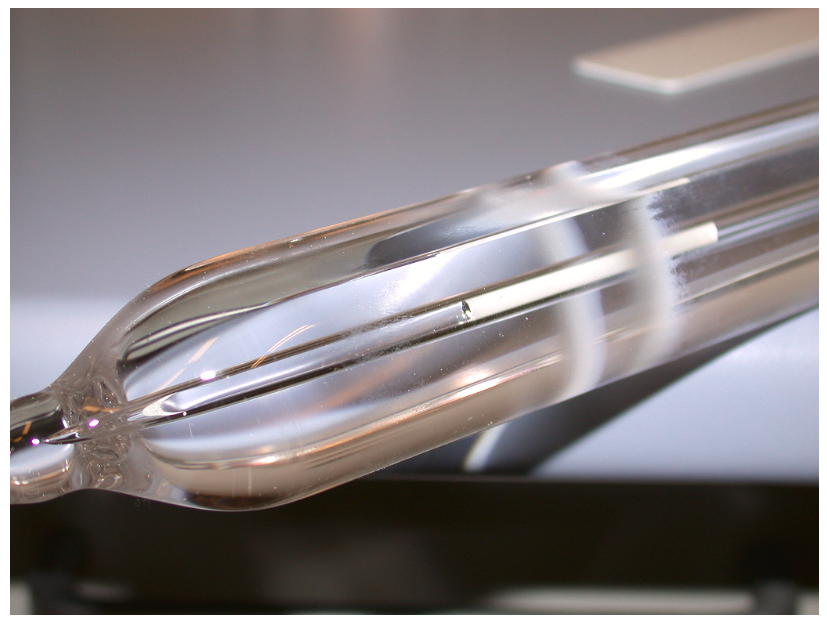Tm YAG結晶由来のダブルクラッドファイバー - 高利得・高効率Tmレーザーに向けたハイブリッドアプローチ
引用
Leich, M., Müller, R., Unger, S., Schwuchow, A., Dellith, J., Lorenz, A., Kobelke, J., & Jäger, M. (2022). Tm:YAG結晶誘導ダブルクラッドファイバー ― 高利得・高効率Tmレーザーに向けたハイブリッドアプローチ. 光学材料:X 、 15、100179。https ://doi.org/10.1016/j.omx.2022.100179
キーワード
- Tmドープファイバー
- ダブルクラッドファイバー
- ファイバーレーザー
- 溶融コア法(MCM)
- Tm:YAG結晶
- フューズドシリカ
- 高ゲイン
- 高効率
- 斜面効率
- 出力電力
- 被覆ポンプ
- NIR範囲
- 2μmの波長
- クロスリラクゼーション
- アモルファスコアガラス
- 光吸収
- 発光スペクトル
- 繊維特性
- 製造プロセス
- レーザー特性
- MCVDファイバー
簡単な
この記事では、溶融コア法 (MCM) を使用して、溶融シリカチューブ内に Tm:YAG 結晶由来のコアを持つ二重クラッド ファイバーを製造するハイブリッド アプローチを調査し、効率的な高出力ツリウム ファイバー レーザーの可能性を評価します。
まとめ
本研究では、溶融石英管内で溶融コア法(MCM)を用いて、Tm:YAG結晶をコアとした二重クラッド光ファイバーの製造に成功した。この光ファイバーは、790 nmクラッド励起下で有望なレーザー性能を示し、47%という高いスロープ効率と4Wという高い出力を達成した。この結果は、このハイブリッドアプローチが、2μm波長域のレーザー用途において、高効率で高利得のTmドープ光ファイバーを製造するための有望な方法であることを示している。
起源:


